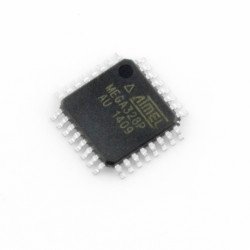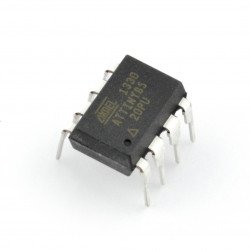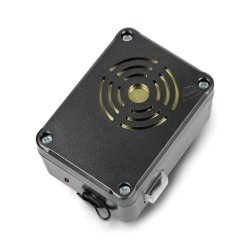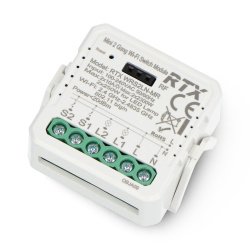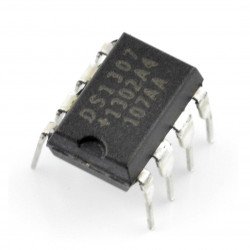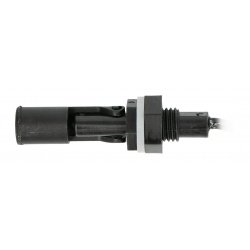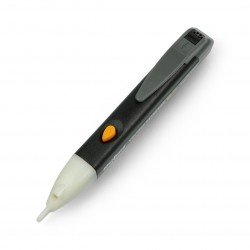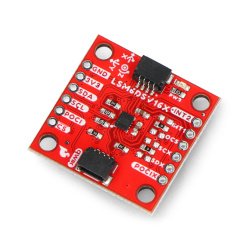Ohm's Law Calculator
Ohm's Law, along with Kirchhoff's laws, constitutes one of the fundamental equations in electronics and electrical engineering. Developed in 1827 by Georg Simon Ohm, it enables the determination of one of the three basic physical quantities describing electricity (current intensity, voltage, or resistance) based on the knowledge of the other two.
Ohm's Law in its basic form is expressed by the formula:
U=I*R
where U – voltage [V] across an element with resistance R [Ω], through which current I [A] flows. Through algebraic transformation, we can use Ohm's Law to determine the current intensity: I=U/R or the resistance of the element:
R=U/I
Ohm's Law is applicable to linear elements, such as resistors, but also to any conductors forming, for example, paths on printed circuit boards, wires, or connector contacts. It's also worth noting that in the case of alternating current (AC) circuits, Ohm's Law can also be applied to inductive elements (such as chokes, electromagnet coils, or transformer windings) and capacitive elements (capacitors), where we use values of effective current and voltage, while the role of resistance is taken by so-called complex impedance.
Ohm's Law – Calculator for Electronics
In our service, we have included a convenient and easy-to-use calculator that allows for the calculation of the needed values in a very simple way – just provide two known values from the triad I/U/R, and the third will be automatically determined using the formulas presented earlier. Additionally, our Ohm's Law calculator also offers the possibility of calculating power values based on the equation:
P[W] = U[V] * I[A]
as well as voltage, current intensity, or resistance using a known power value and one of the other three basic quantities.
Ohm's Law Calculator - Application Examples
Suppose you need to calculate a resistor for a green LED powered by a constant voltage of 5 V. The voltage drop across the resistor would be 5 V (supply voltage) - 2.1 V (typical forward voltage of a green LED) = 2.9 V. Assuming that the forward current should be 10 mA, by entering these two quantities in the resistance calculator, you would get a limiting resistor value equal to 290 Ω. The closest resistor in the 5% E24 series has a value of 300 Ω – using it in the described setup, you can also calculate the current intensity using our calculator:

























































































